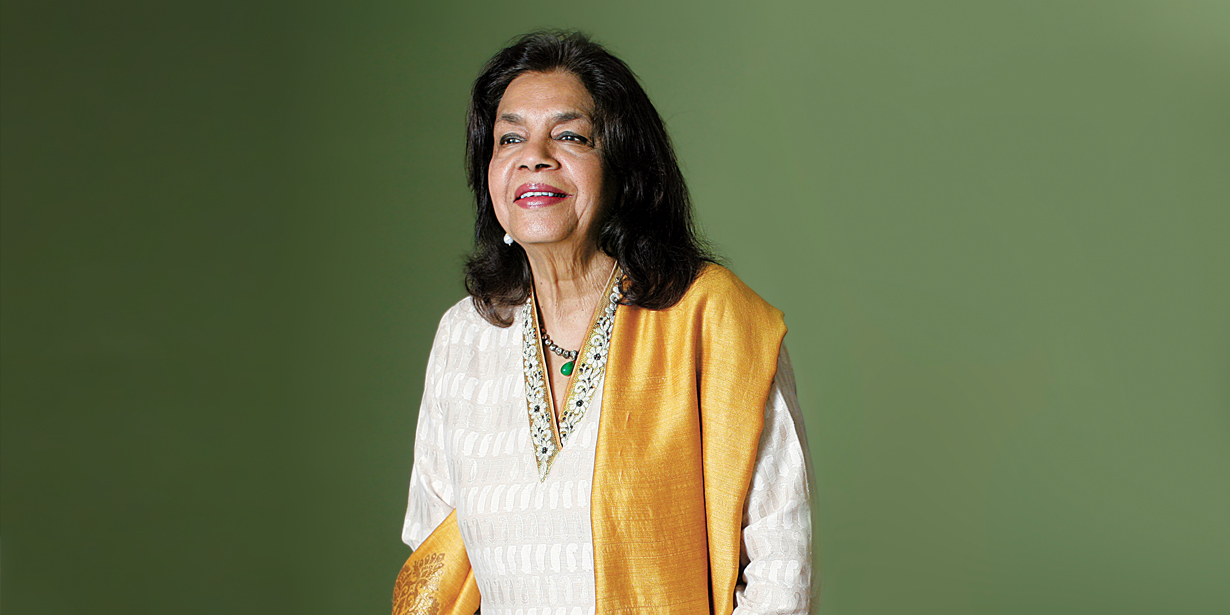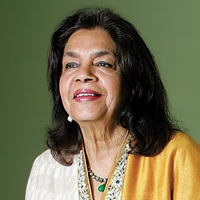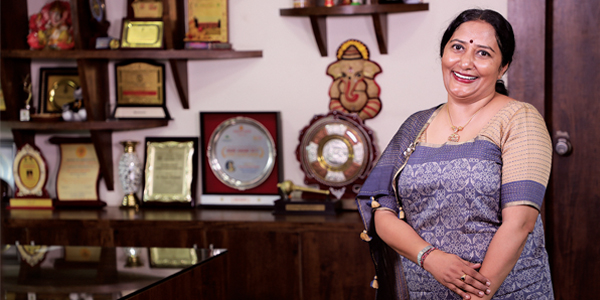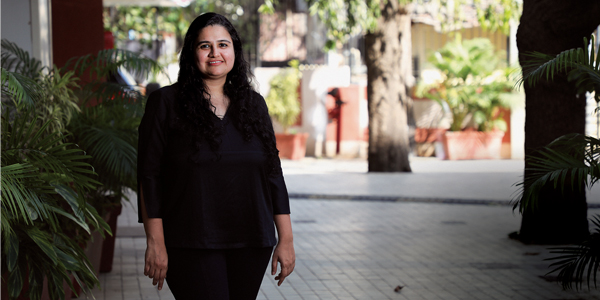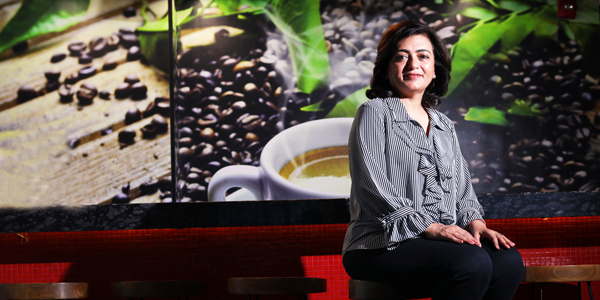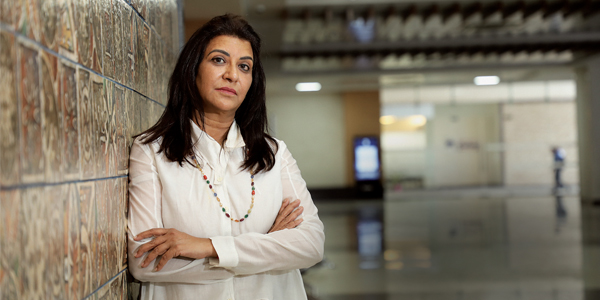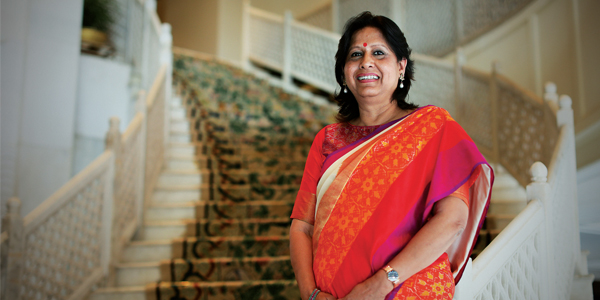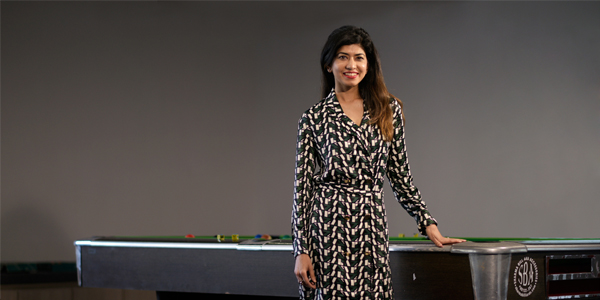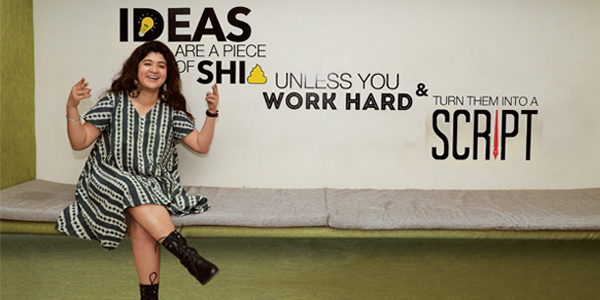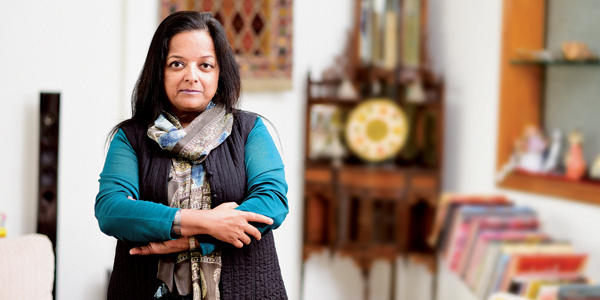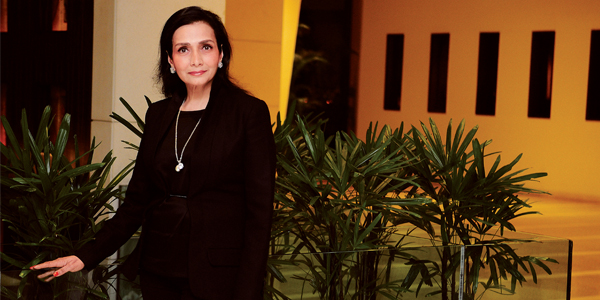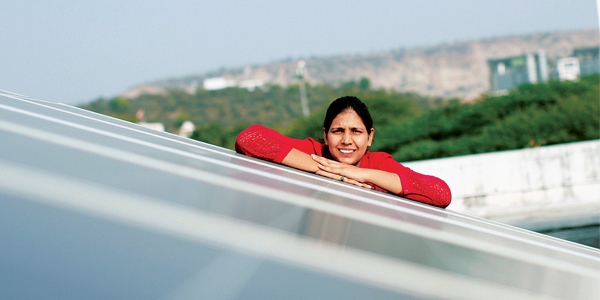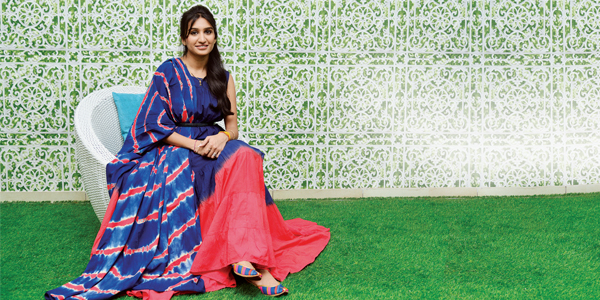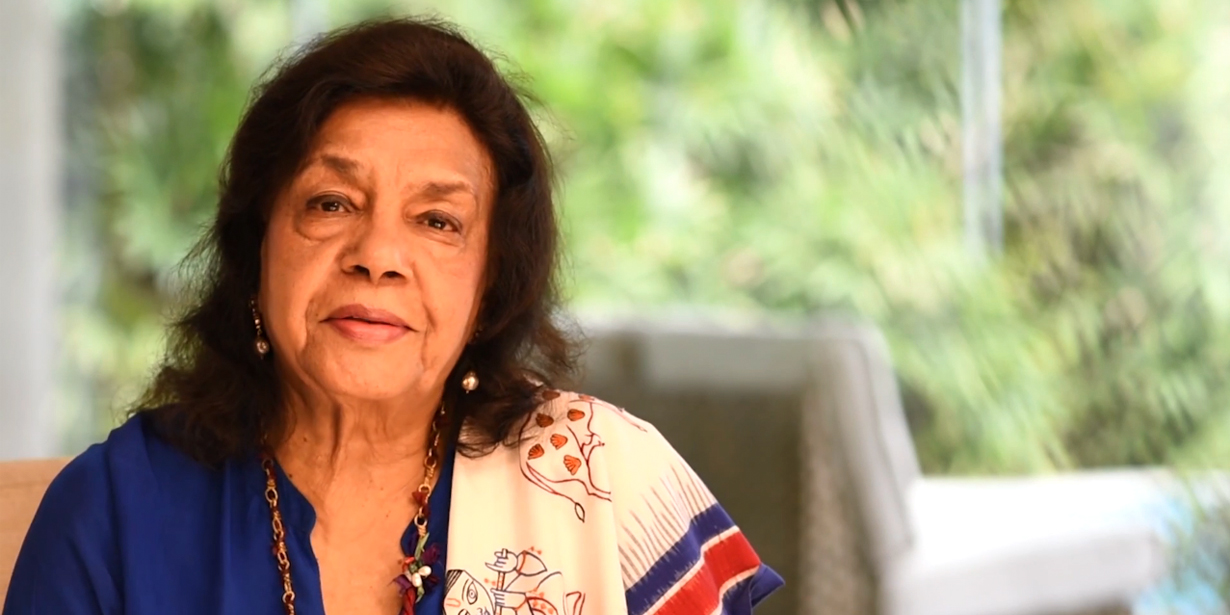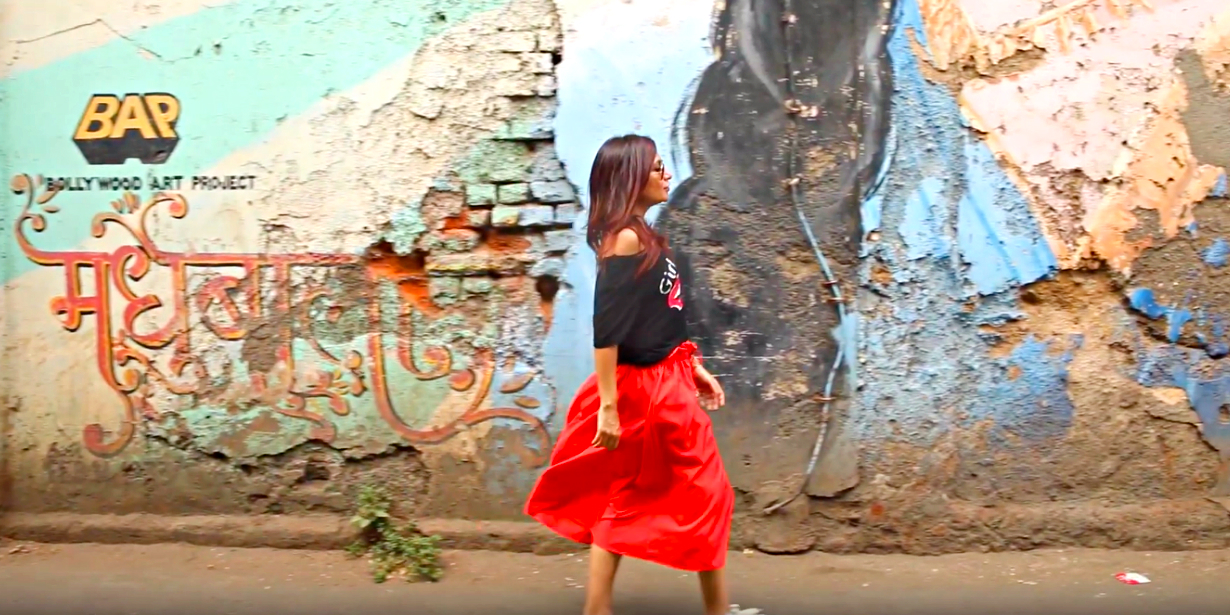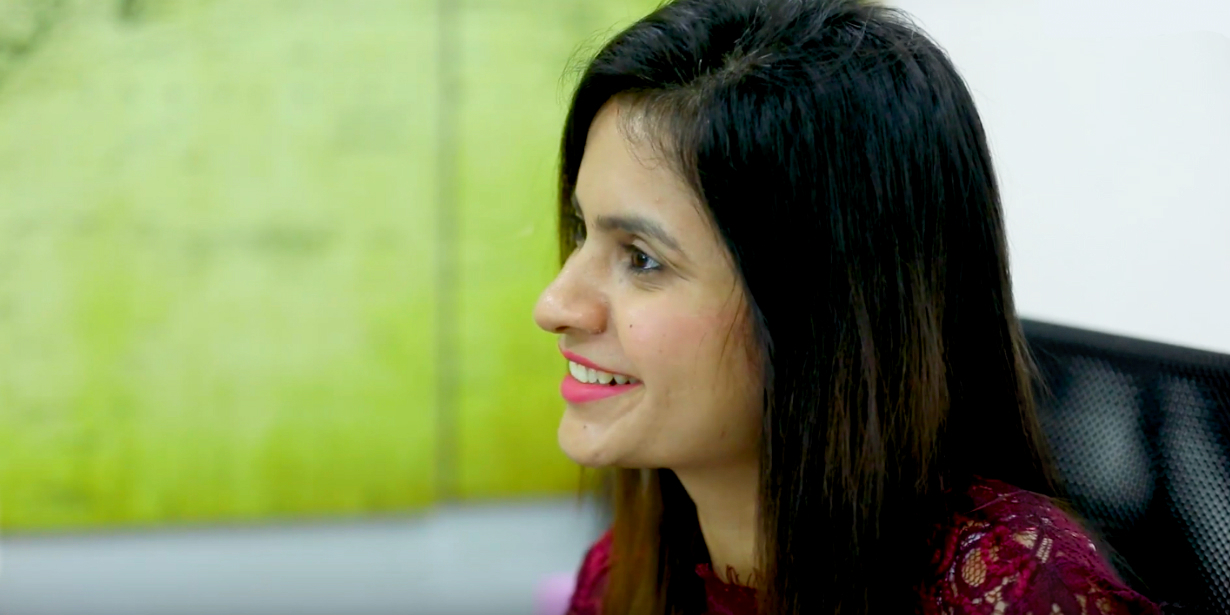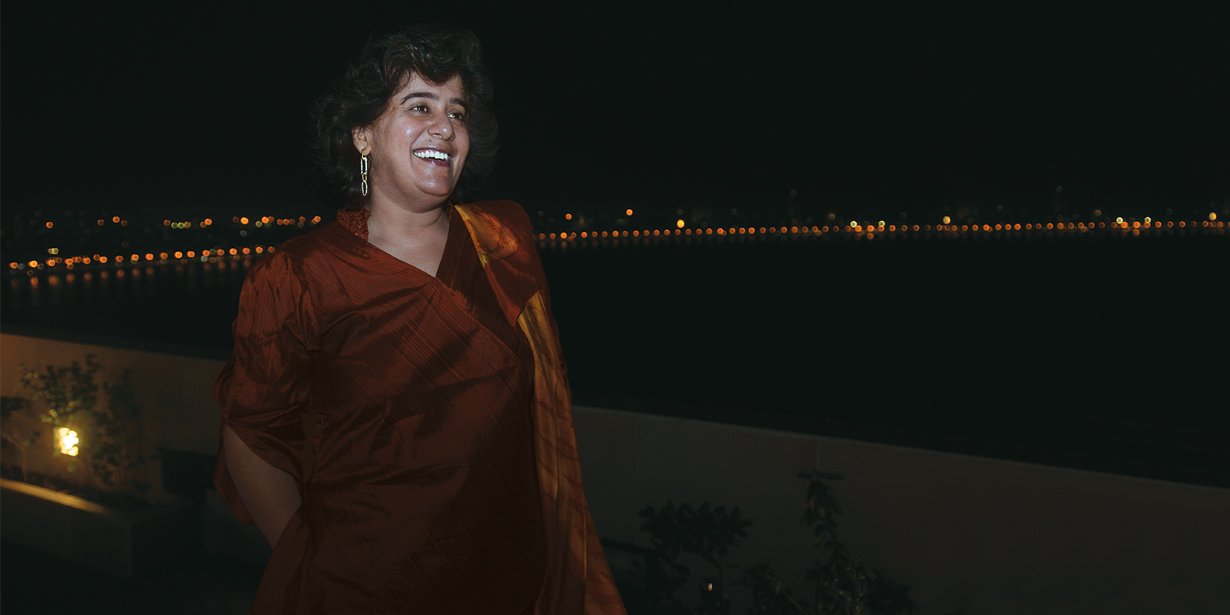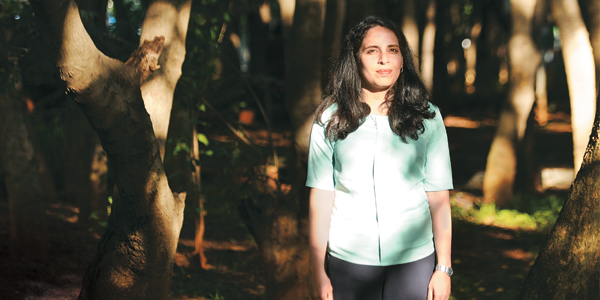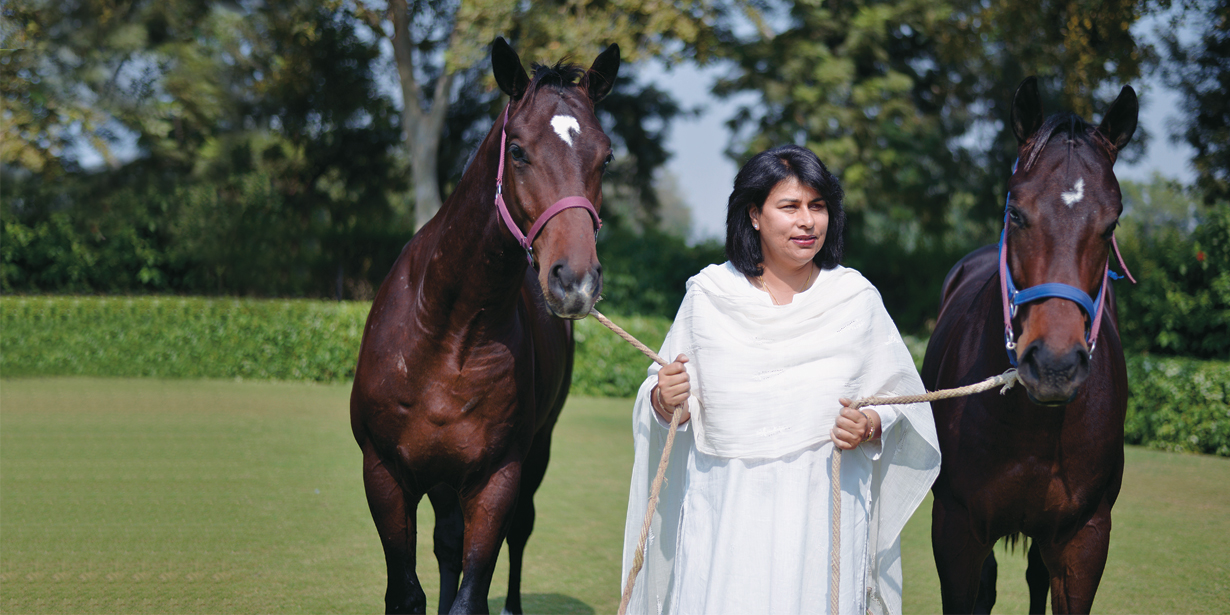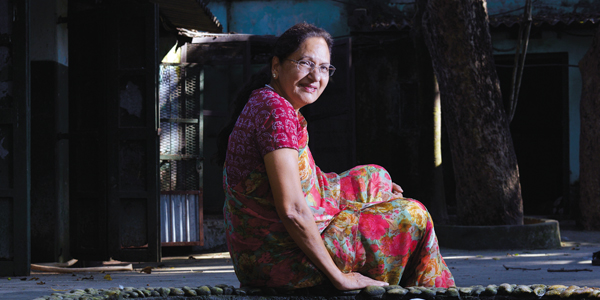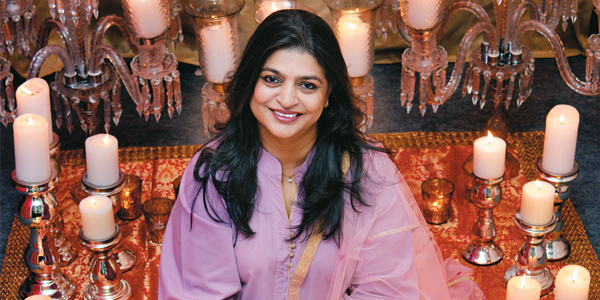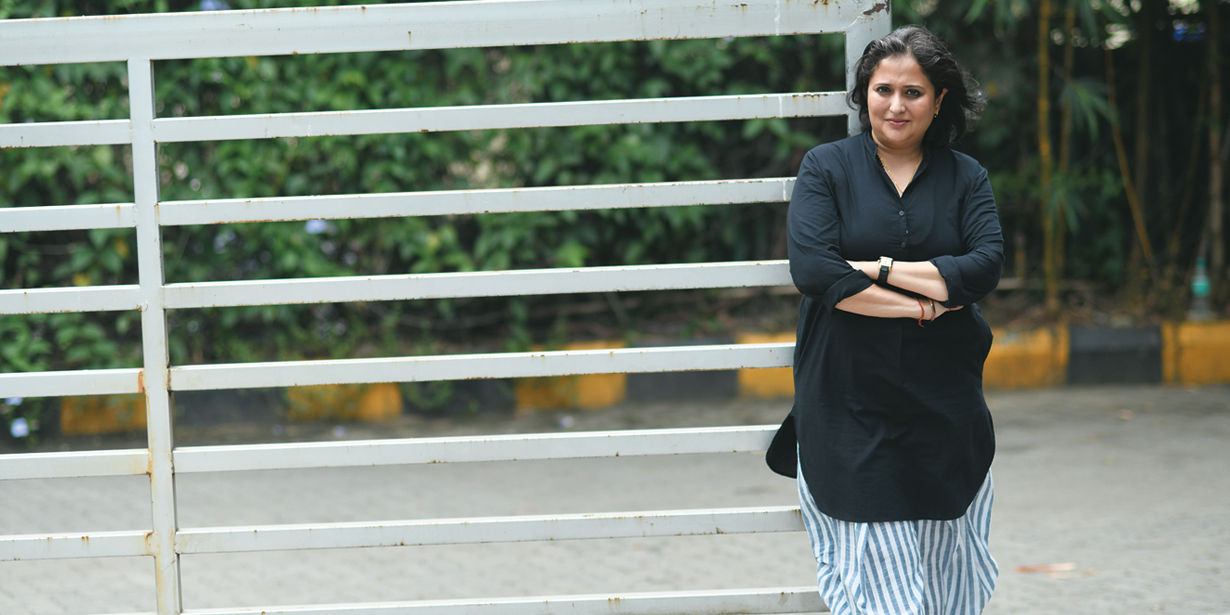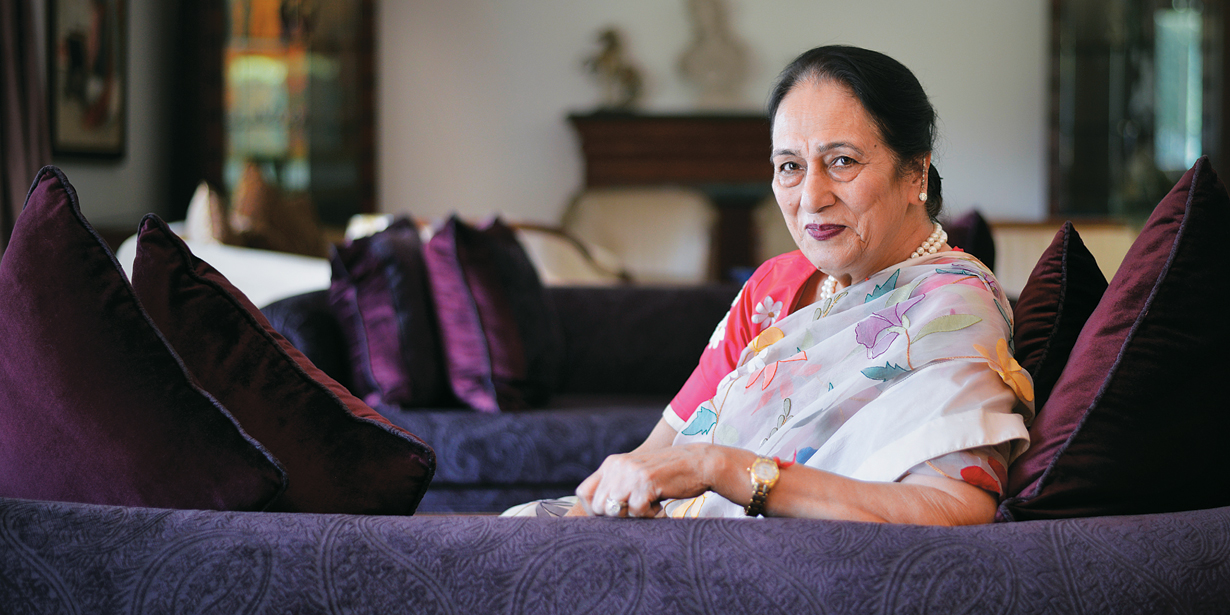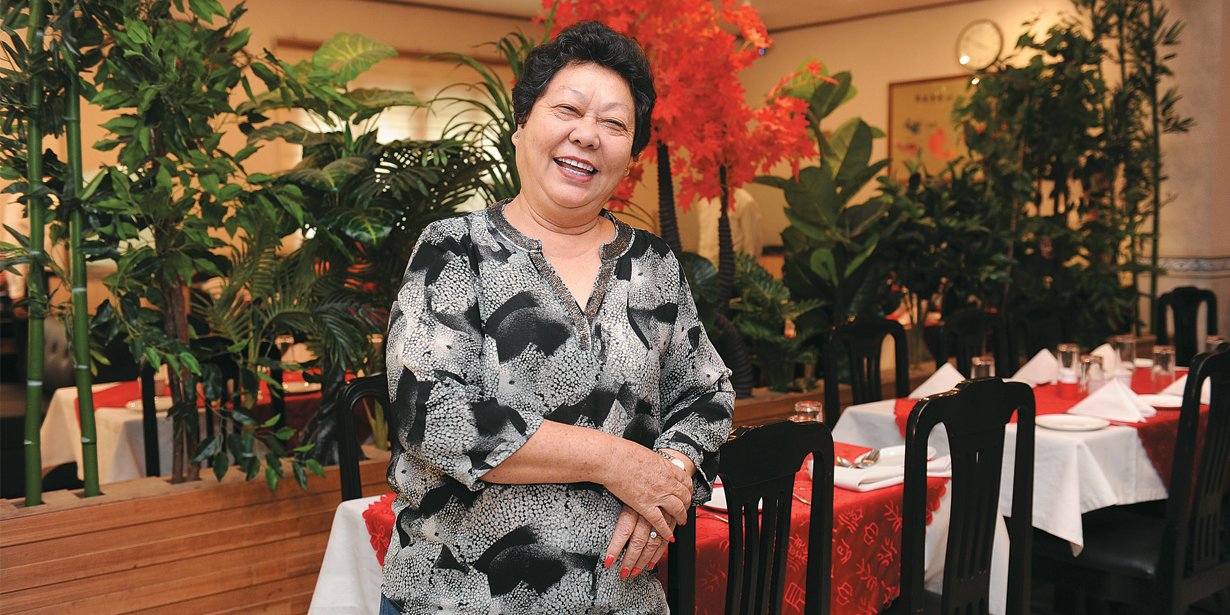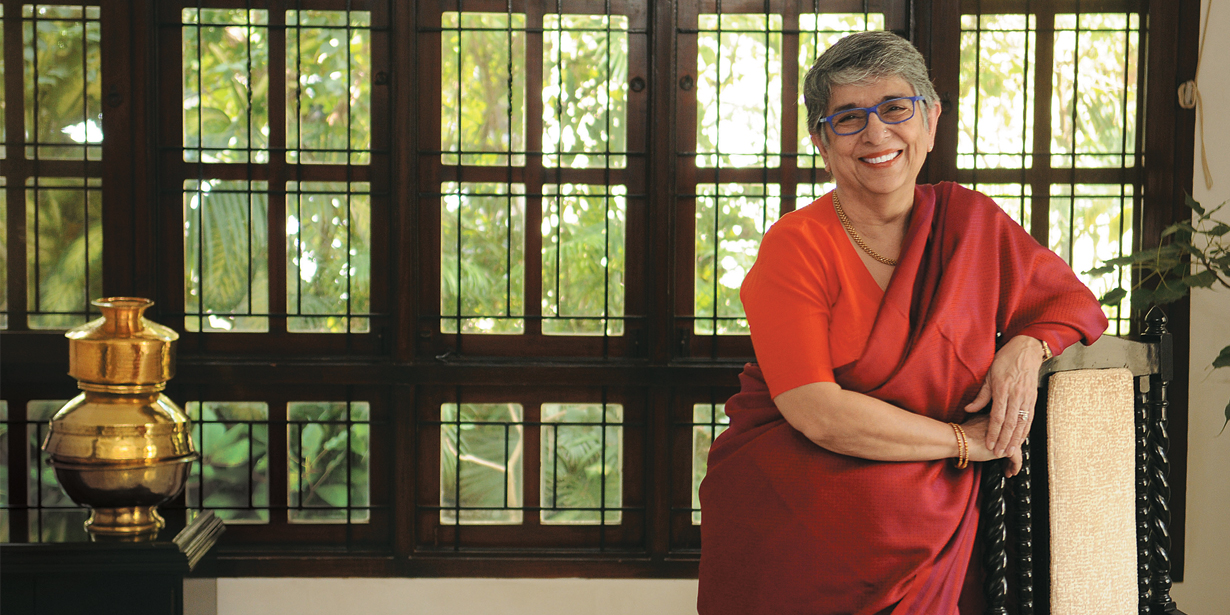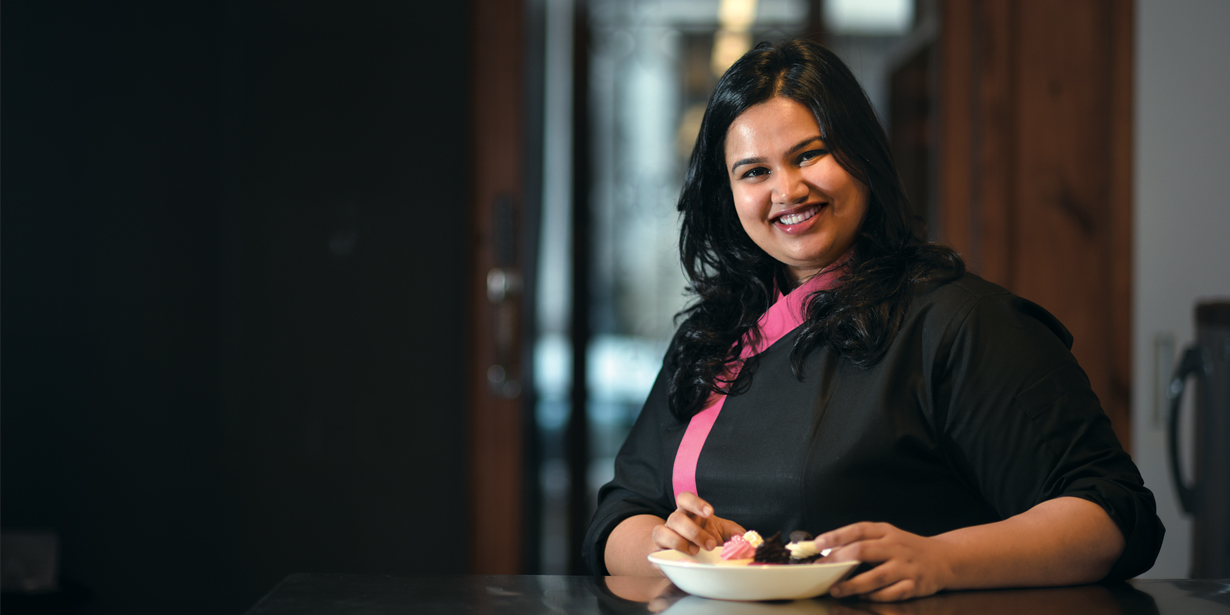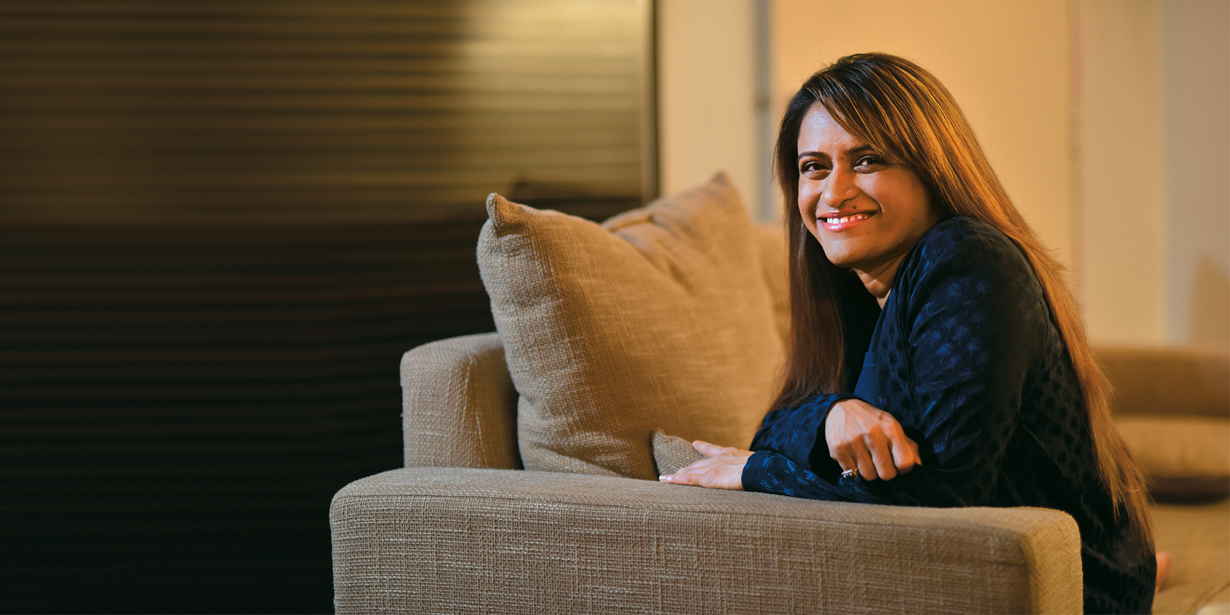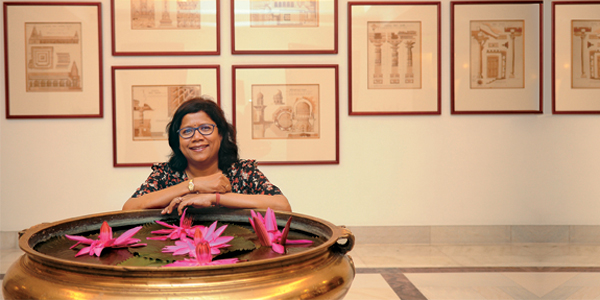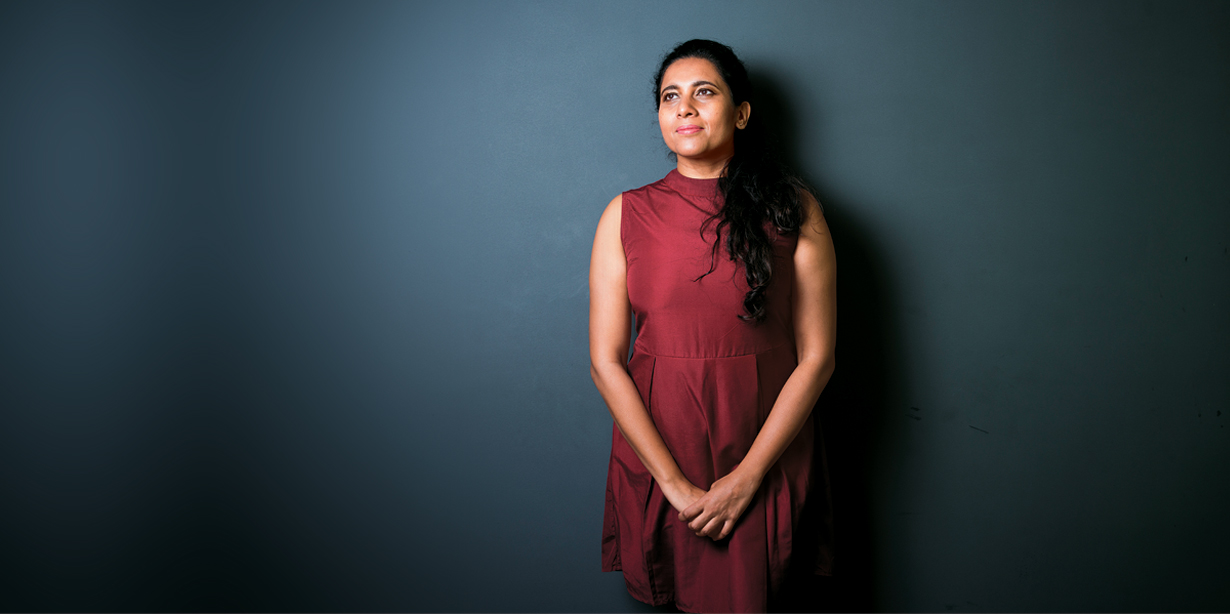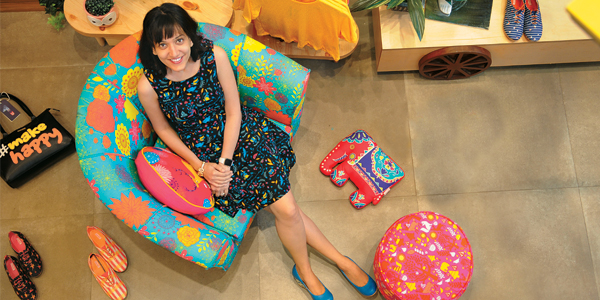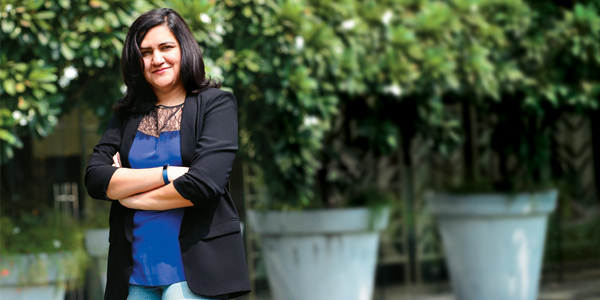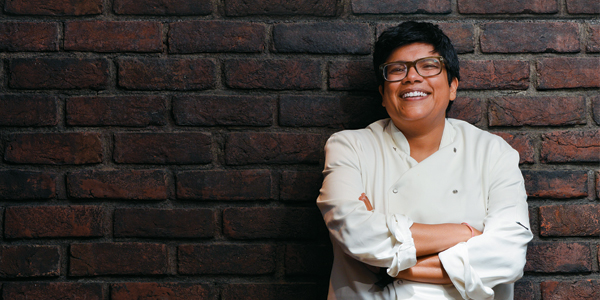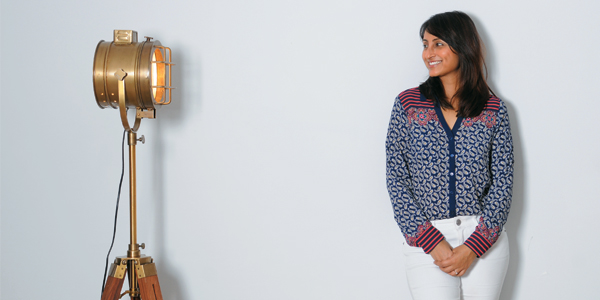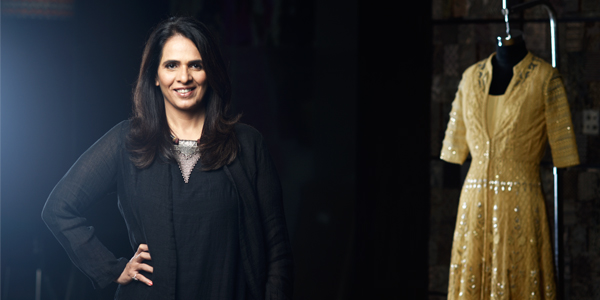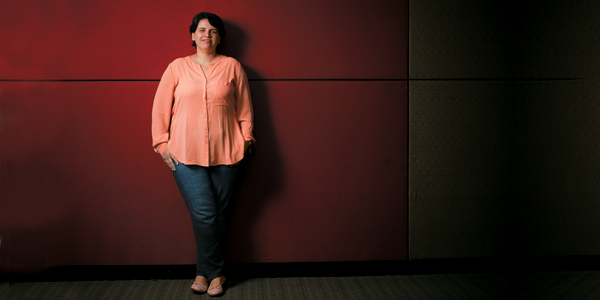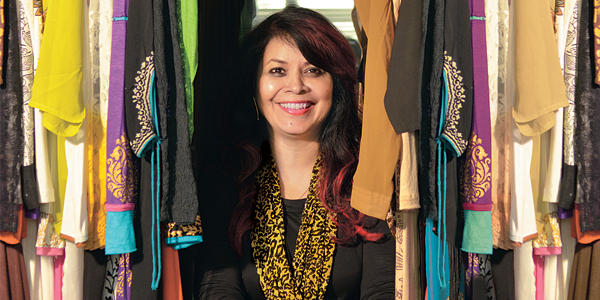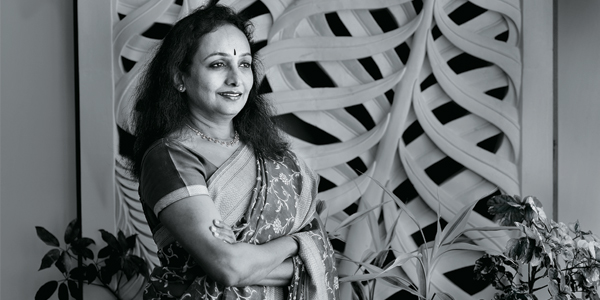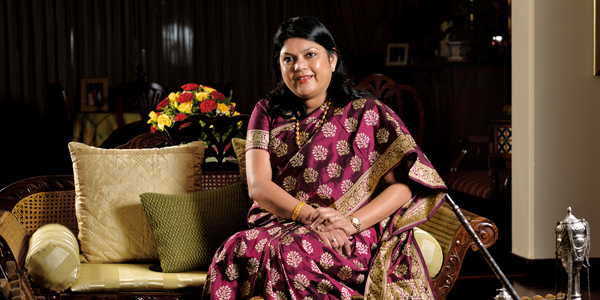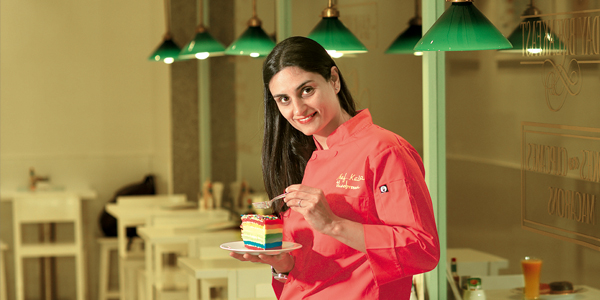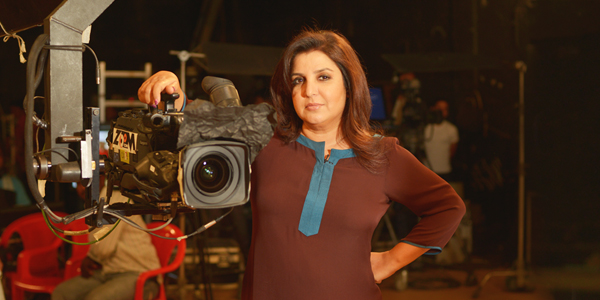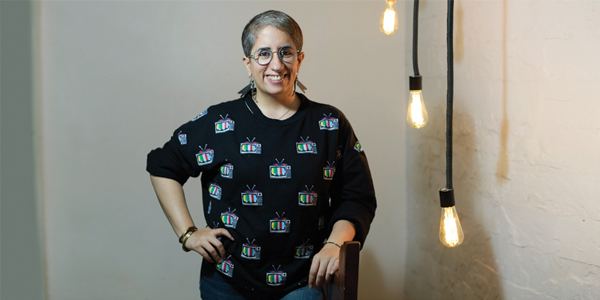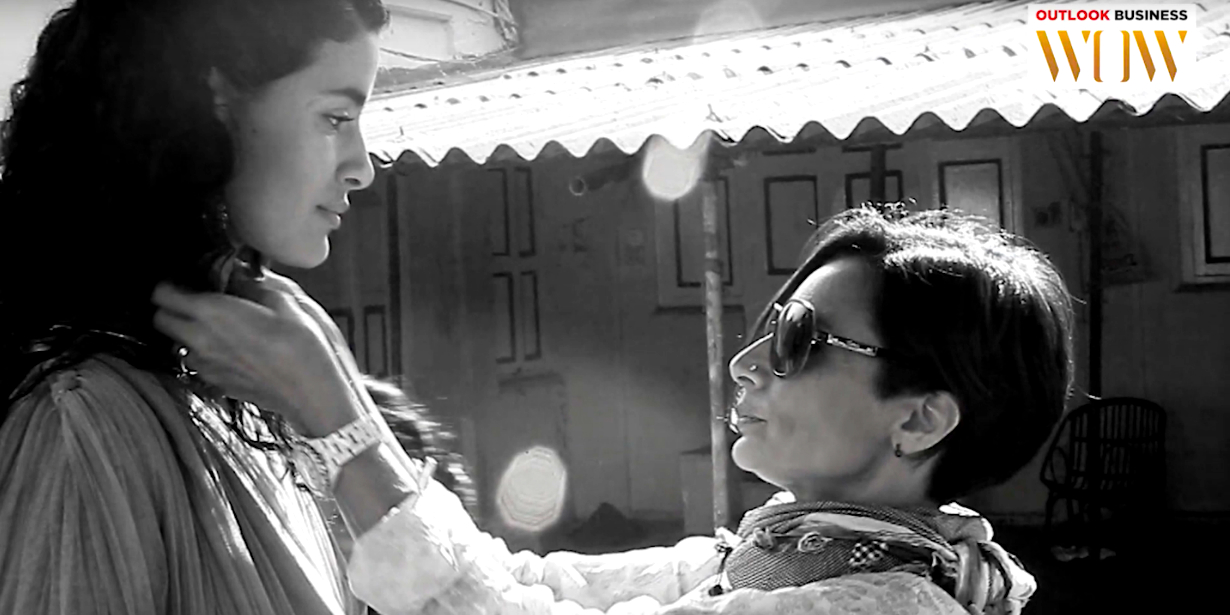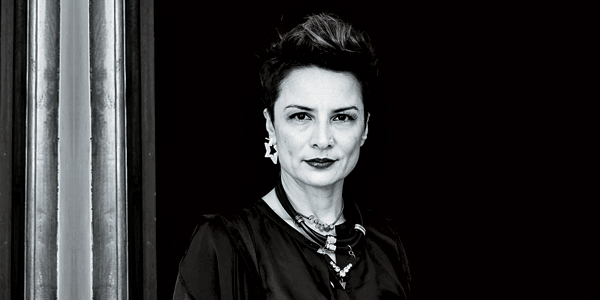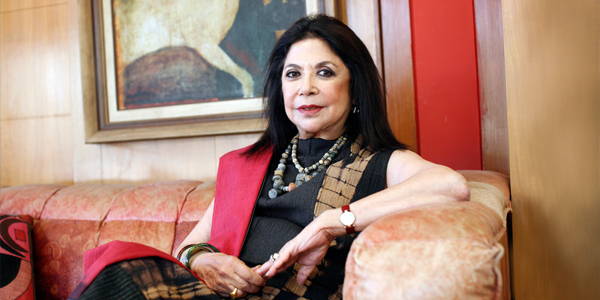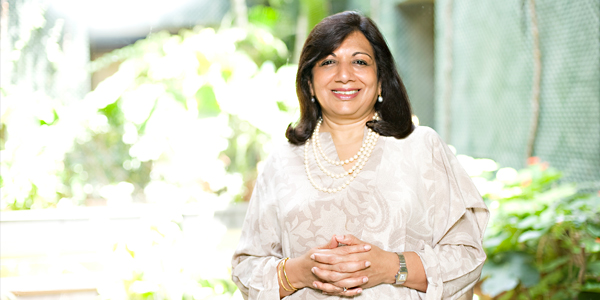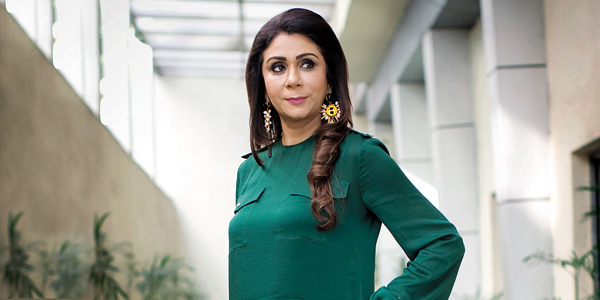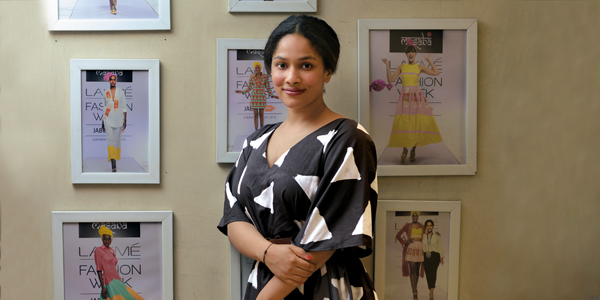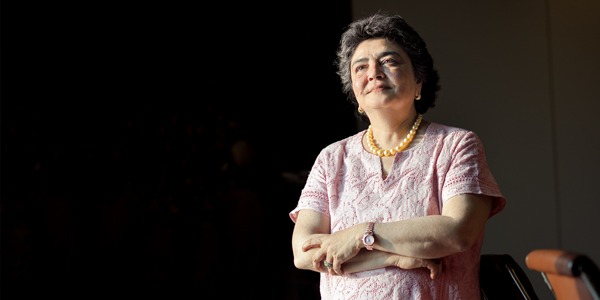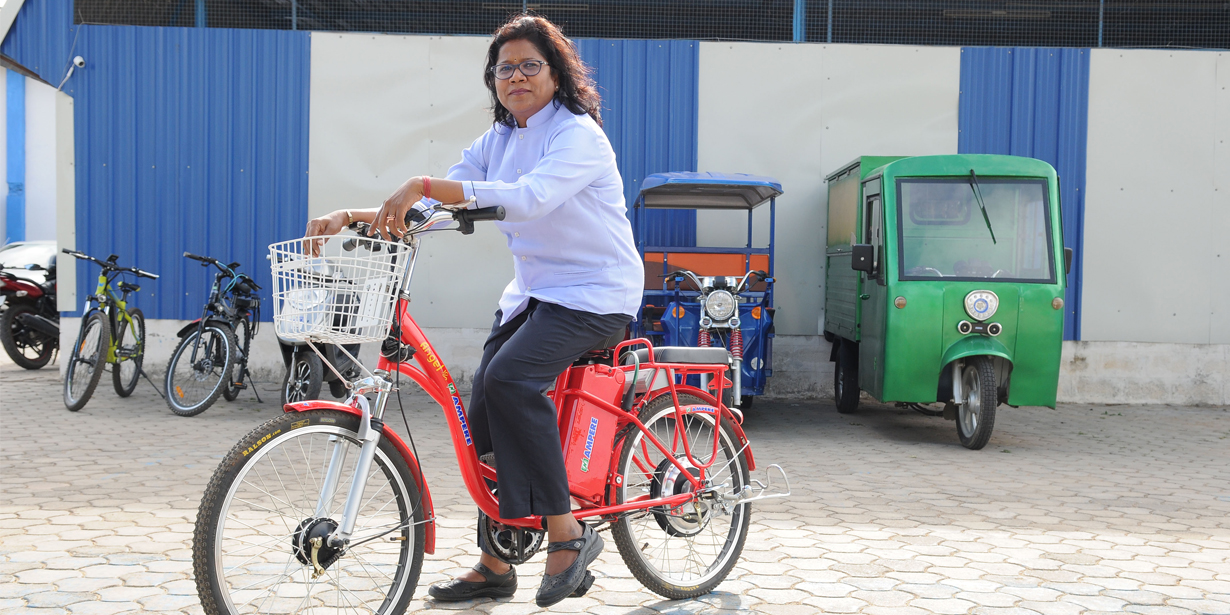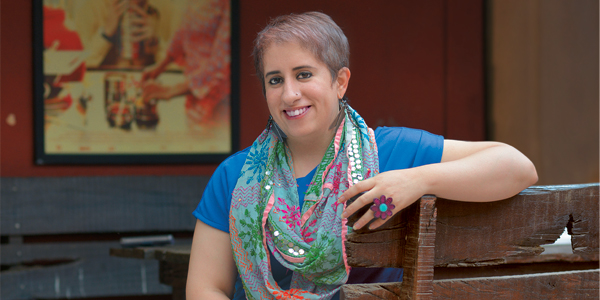She turned a ₹8,000 loan into an ₹8 billion empire
How Meena Bindra started at 40 and scaled up Biba
Indian ethnic apparels maker Meena Bindra didn’t quite know how to sew a button on fabric until she was 38. Yet, what she lacked in training and experience she made up through her self-learned couture sensibilities, all of which prompted her to start a business from home in 1985. Despite being a late bloomer and with several factors working against her, Bindra took the plunge and kept up a steady pace, giving wings to her business stitch by stitch, client by client, brick by brick. Today, at 71 years of age, Bindra is more satisfied with life than she has ever been. Yet, she is brimming with the same level of enthusiasm as when she started out 30 years ago. She has worn many hats in her life so far. In a span of three decades, she went from being a housewife and mother to selling Indian salwar-suits from home, from becoming a supplier to retailers to setting up her own ethnic apparel retail chain brand Biba, which is now a household name.
 Bindra started out without any grand plan or support except the ambition to remain independent in life, although things kept falling in place for her and she gladly accepted what came her way. A Delhi girl, Bindra was married off to a Navy man right after she turned 19 and graduated. Given her husband’s transferable job, Bindra lived all over the country — even overseas in Moscow for a while — and travelled extensively across Europe with her husband. In the early 1980s, Bindra and husband landed up in Mumbai, with two young sons. In Mumbai, the Delhi girl started dreaming of doing something of her own to keep herself busy, with her husband taking a loan of Rs.8,000 to fund the same. “Everything was stacked against me when I started out. I had no training. I was only a graduate with no design skills and not particularly qualified to pick up a job. I had no training or exposure to entrepreneurship, there was little money and to top it all, my husband was in a transferable job,” says Bindra, while reminiscing about the early days. “All I wanted was a little extra pocket money while I worked from the house and, knowing that my husband will be transferred any moment, I had no big ambition as such back then. Looking back, I feel that despite the odds, I enjoyed all of it immensely,” says Bindra.
Bindra started out without any grand plan or support except the ambition to remain independent in life, although things kept falling in place for her and she gladly accepted what came her way. A Delhi girl, Bindra was married off to a Navy man right after she turned 19 and graduated. Given her husband’s transferable job, Bindra lived all over the country — even overseas in Moscow for a while — and travelled extensively across Europe with her husband. In the early 1980s, Bindra and husband landed up in Mumbai, with two young sons. In Mumbai, the Delhi girl started dreaming of doing something of her own to keep herself busy, with her husband taking a loan of Rs.8,000 to fund the same. “Everything was stacked against me when I started out. I had no training. I was only a graduate with no design skills and not particularly qualified to pick up a job. I had no training or exposure to entrepreneurship, there was little money and to top it all, my husband was in a transferable job,” says Bindra, while reminiscing about the early days. “All I wanted was a little extra pocket money while I worked from the house and, knowing that my husband will be transferred any moment, I had no big ambition as such back then. Looking back, I feel that despite the odds, I enjoyed all of it immensely,” says Bindra.
A stitch in time
Armed with determination and the zeal to deliver her creative designs and colours to the public, Bindra got hold of some fabric and a young block printer (who she proceeded to work with for over a decade). Following her natural aesthetics and design sense, Bindra churned out 40 salwar-suits, costing her the princely sum of Rs.100 each, which were an instant sell-out despite the then high price of Rs.170 a piece. “When people got to know that I was making something elegant in cotton and in Indian designs, there were a lot of buyers, although I’d say that was partly because I started out at the right time — there was hardly anyone making ready-made suits back then,” she says. When she was nine, Bindra lost her father, and then grew up as a cautious kid. This trait shone clearly in her first business foray — instead of using up all the loan money, Bindra spent just about Rs.4,000 and ended up making a profit of Rs.2,800. She repaid the loan in no time. “I had terrible business sense! I was careful and did not want to lose money, so I spent only half of the loan amount. Eventually, I never had to withdraw the rest of the money. Considering that we had the typical middle-class mindset, I chose to repay the loan within five months,” she says.
At the Bindra residence, she managed all the affairs of the house, both before and after her foray into the business arena. “Any woman — whether she is working or not — is still held responsible for the house, at least in my generation. The men did not feel that they needed to get involved in the household chores. No matter how much I worked, I still had to make sure everything at home was done on time. It was multi-tasking of a kind,” says Bindra.
 She adds that multi-tasking often comes naturally to a woman. Despite her work commitments, she still managed to maintain a healthy balance between her working hours, home and friends. “Once my husband came home, he was never involved; he’d sit and relax. It was understood and I never questioned it, as the mindset was very different then. Even when I was on my own, I did not let my working hours spill over to my home and social life. I’d strictly close down at 5.30 pm and there was a lot of multi-tasking,” she says.
She adds that multi-tasking often comes naturally to a woman. Despite her work commitments, she still managed to maintain a healthy balance between her working hours, home and friends. “Once my husband came home, he was never involved; he’d sit and relax. It was understood and I never questioned it, as the mindset was very different then. Even when I was on my own, I did not let my working hours spill over to my home and social life. I’d strictly close down at 5.30 pm and there was a lot of multi-tasking,” she says.
Falling in place
When she started out, challenges for Bindra were more of the personal kind rather than competitive, all of which she took in her stride. Back in the late 1980s, business was brisk for Bindra thanks to her large social circle and the brand’s elegant offerings. She never marketed herself, considering that she was operating at a low scale; even much later, when Bindra opened the first few Biba stores, there was no marketing involved. Yet, her fame spread through word of mouth, leading to large orders from Mumbai-based retailer Benzer — which became one of Biba’s largest clients, comprising 70% of its orders — and, later on, Sheetal. “There was not much of a retail industry in the late 1980s. It was probably a mistake to not have started out with a retail presence early on. There were just these traditional retailers in Bombay [Mumbai]. Even shops such as Benzer and Sheetal started out after my foray. That helped me, as they ended up being my customers,” says Bindra. With new clients such as Benzer, Sheetal and other boutique shops, Bindra started taking advance orders and realised she had to be more professional and accountable in order to meet deadlines. Gradually, she found herself maturing from a housewife to an entrepreneur through such interactions. Though she didn’t realise it then, Bindra believes she was too charitable with fabric and other raw material, as she was not exposed to the basics of running a business.
“Things kept falling into place. I never had to market myself. And then when I started supplying my clothes, I had no brand name. It was more like ‘Mrs Bindra’s suits’. I did not even have bills to give my customers. That’s how I was pushed to think of a name and biba — which is a Punjabi word that means nice or elegant — came to mind,” she says. Thus came into existence Biba Apparels. In another instance, however, Bindra did have to make a tough choice, when her largest client Benzer suddenly put a condition that she’d supply apparels only to it. Though still new in the trade, Bindra had the foresight to refuse the proposal, leading to cancellation of a large number of orders and losses. She insists that this had nothing to do with her being a woman. “I never felt that because I am a woman, people try to get better deals out of me. Benzer was a major client with 70% volume and its orders were growing. Yet, that set me thinking: why should I restrict myself? I refused their proposal and said I’d supply to whoever I can. They cancelled all orders, which put a financial constraint on me. They were just being difficult. Fortunately, goodwill from other retailers helped me out,” she says.
Making things work
Between starting out from home and supplying to major retailers, Bindra and her husband stayed separately in different cities for about eight months. Eventually, when her husband retired in 1994, the family decided to move back to Delhi. By this time, Bindra was already supplying to organised retailers such as Shoppers Stop, which set up its first store in 1991, and others. “By the late 1990s, we had moved the business to Delhi. It was during this time that we started thinking of building our own retail business. We opened our first store in Malad’s Inorbit mall in 2004, followed by one in Nariman Point,” she says. Since 2004, Bindra has opened 180 stores and plans to add 50 stores over the next 12 months. There are also plans to make an overseas foray in a year’s time to cater to demand from non-resident Indians. “We were cruising along merrily and already had a few shops on the ground, when we got an offer from the Biyanis. Back then, we were still a family-run business. We thought we will get help from a more experienced partner,” she says.
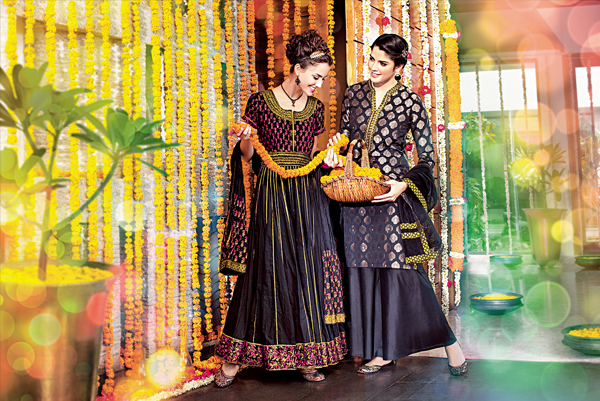
The Kishore Biyani-led Future Lifestyle Fashion eventually exited its 18% stake in Biba in 2013, nearly seven years after it bought in, making a profit of Rs.190 crore. In December 2013, private equity firms Warburg Pincus and Faering Capital invested Rs.300 crore in Biba Apparels. Today, Biba is a privately held firm and does not give out annual sales and profit numbers. According to data sourced from the Registrar of Companies, however, Biba clocked sales of Rs.391 crore at the end of FY14, a jump of 30% compared with the same period a year ago. The company’s net profit for FY14 was at Rs.46.8 crore, a jump of 45.7% compared with a year ago. Bindra feels that while she started a business and has managed it well, at heart she remains a creative person. She says she couldn’t have managed to scale up the business had it not been for her younger son Siddharth, who took over in 2010 after his elder brother Sanjay exited the business. “Actual growth has come in from the time Siddharth joined the business. I am still overseeing the creative part, since I have the luxury of spending time only on the designs now,” she says. The company now has its sights set on crossing the Rs.1,000-crore mark in sales. However, Meena Bindra is not in a rush — she has learnt and chosen to remain ‘blissfully happy’.
To watch her story, please click here
